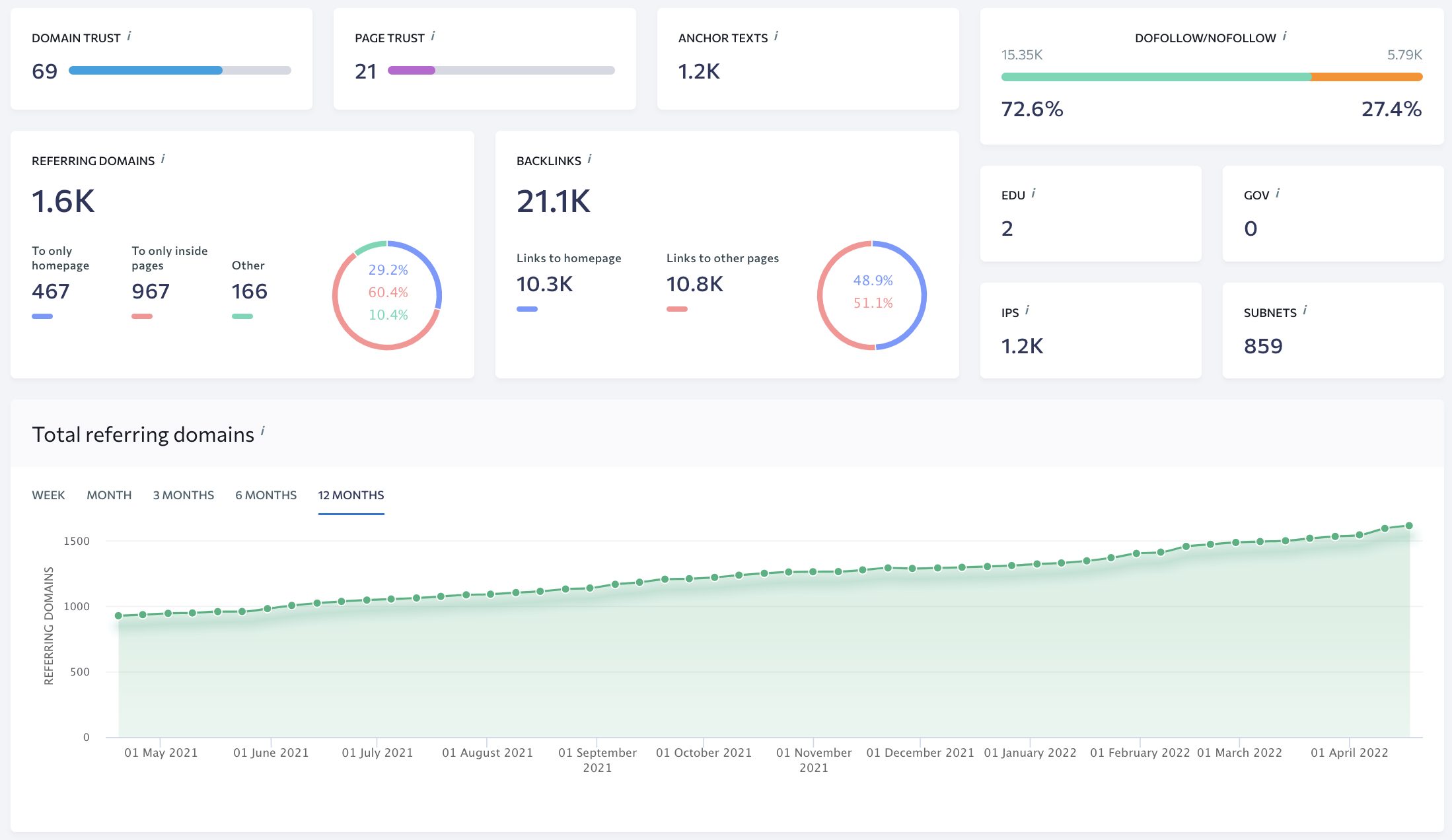

Many business owners are unaware of the hidden potential of free domain metric checkers. These tools provide valuable insights about website performance and can help to optimize performance, leverage results, and troubleshoot issues.
This article will discuss the benefits of using checkers, different types of metrics, and how to interpret data.
Additionally, it will provide best practices for optimizing website performance and leveraging results.
By utilizing free domain metric checkers, businesses can gain real-time insights into their online performance quickly and easily. These checkers provide a number of valuable benefits, such as the ability to track website traffic, search engine rankings, and competitor analysis.
Businesses can also use the data to measure the success of marketing campaigns, determine which keywords to optimize for, and develop effective SEO strategies. Additionally, they can provide insights into customer behavior, allowing businesses to identify opportunities for improvement and increase their online visibility.
Finally, checkers can help businesses track the performance of their website, so they can make necessary adjustments to remain competitive.
Although there are a variety of metrics that can be monitored using free domain metric checkers, the most commonly tracked metrics are website traffic, search engine rankings, and competitor analysis.
Website traffic metrics are used to determine how many visitors the website is receiving on a daily, weekly, and monthly basis. Search engine rankings refer to the position of the website on a particular keyword in the SERPs.
Lastly, competitor analysis is used to compare a website's performance with its competitors and determine areas of improvement. These metrics help businesses to understand their online performance and take the necessary steps to improve it.

Interpreting the data obtained from free domain metric checkers can be challenging, but with the right approach it can be an invaluable asset for any business. Understanding the different metrics and how they relate to one another is essential for making the most of free domain metric checkers.
It is important to examine the data carefully and look for patterns that can indicate areas of improvement. By assessing the performance of a website over time, trends and correlations can be identified that may not be obvious at first glance.
Additionally, by evaluating the data from multiple sources, more complete and accurate insights can be gained. With the proper understanding and analysis of the data from free domain metric checkers, businesses can gain valuable intelligence to help them make better decisions.
Building on the understanding of how to interpret data from free domain metric checkers, businesses can further maximize their potential by applying the best practices in their analysis. This includes regularly auditing data, understanding the limitations of the data, and using the data to inform strategic decisions.
It is important to be aware of different types of data and how they can be used. For example, website visits, page visits, and bounce rates can all help identify areas of improvement. Additionally, understanding the differences between organic and paid search can help focus efforts on more effective channels.
By following best practices and utilizing data from free domain metric checkers, businesses can make more informed decisions that result in better overall outcomes.

By utilizing the data gathered from free domain metric checkers, businesses can optimize their performance and maximize their potential. They can track their domain's health, performance, and visibility in the search engine rankings.
This data can help them identify areas of improvement that will lead to a better user experience, a more successful marketing strategy, and ultimately a higher ROI. Metric checkers can also help businesses set realistic goals and benchmarks for their domain, allowing them to assess progress and adjust their strategy accordingly. To get the most out of domain checkers, businesses should track their metrics regularly and compare results over time.
Additionally, they should keep an eye on their competitors' performance to gain a better understanding of the industry landscape. By using free domain metric checkers, businesses can take advantage of valuable data to optimize their performance and maximize their potential.
Tackling potential issues quickly and efficiently is essential for businesses that are utilizing free domain metric checkers, so it is important to understand how to troubleshoot any issues that arise.
When faced with a problem, it is important to first identify the issue, then attempt to resolve it with the available resources. The best way to do this is to look for solutions in the available tutorials and documentation. If the issue remains unresolved, then contact customer service for further assistance.
It is important to remember that domain metric checkers are powerful tools that can provide invaluable insights into a business' performance. With the proper troubleshooting techniques, any issue can be resolved quickly and effectively.

The main difference between a free domain metric checker and a paid one is the amount of data provided. Free domain metric checkers typically offer basic information such as domain age, Alexa rank, and domain authority. Paid domain metric checkers provide more in-depth information, such as competitor analysis, backlink profile analysis, and keyword prevalence. Additionally, paid metric checkers often provide more useful features such as domain availability alerts, domain comparison tools, and domain appraisals. In short, free domain metric checkers are great for basic information, while paid domain metric checkers offer a more comprehensive analysis.
It is important to ensure that the domain metric checker is used regularly in order to maintain accuracy of results. Depending on the type of domain metric checker, usage frequency may vary. For example, if the domain metric checker is used to monitor the performance of a website, it should be used at least once a week. On the other hand, if the domain metric checker is used to check the availability of a domain name, it should be used at least once a month. Ultimately, the frequency of use should be tailored to the specific needs of the user and the domain metric checker in question.
When assessing domain performance, it is important to look for several key metrics. These include website traffic, page views, bounce rate, time on page, and mobile optimization. Additionally, it is important to assess the website's loading speed, as well as the usage of keywords and meta tags to ensure that the website is optimized for search engines. Moreover, monitoring domain authority and page authority can provide an indication of how well the website is performing and ranking in the eyes of search engines. Finally, assessing user engagement metrics such as click-through rate and page views can help identify areas of improvement.